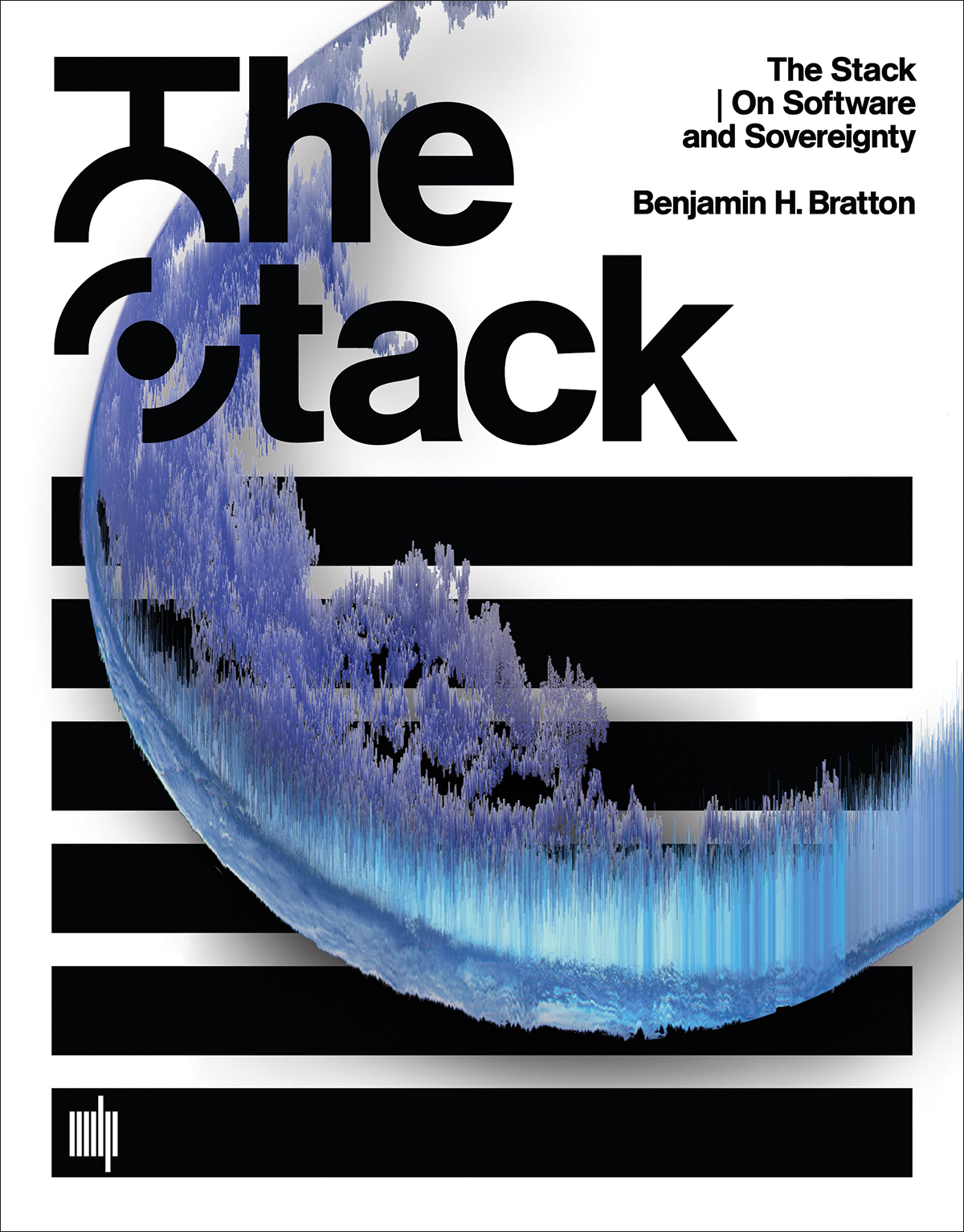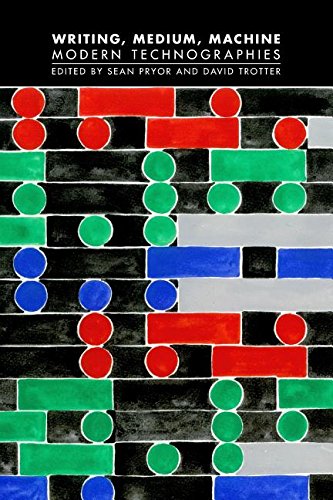Timothy Druckrey (ed.): Ars Electronica: Facing the Future: A Survey of Two Decades (1999)
Filed under book | Tags: · art, computer art, computing, electronic art, internet, media, media art, technology, theory, video art, virtual reality, web

“For the past two decades the Austrian-based Ars Electronica, Festival for Art, Technology, and Society has played a pivotal role in the development of electronic media. Linking artistic practice and critical theory, the annual festival and symposium bring together scientists, philosophers, sociologists, and artists in an ongoing discourse on the effects of digital media on creativity—and on culture itself.
Drawing on the resources of Ars Electronica’s publications and archives, this anthology collects the essential works that form the core of a contemporary art long dismissed as too technical or inaccessible. The book includes a critical introduction, full bibliography, and texts and artworks from the key figures in the field.
Among the many contributors are Robert Adrian, Roy Ascott, Jean Baudrillard, Heidi Grundmann, Donna Haraway, Kathy Huffman, Friedrich Kittler, Knowbotic Research, Myron Kruger, Laurent Migonneau, Sadie Plant, Florian Rötzer, Paul Sermon, Carl Sims, Christa Sommerer, Woody Vasulka, Paul Virilio, Peter Weibel, and Gene Youngblood.”
Publisher MIT Press, 1999
Electronic Culture: History, Theory, and Practice series, 1
ISBN 0262041766, 9780262041768
449 pages
via Ars Electronica
Reviews: Beryl Graham (Convergence, 2000), Rhizome (2000), Stephen Wilson (Leonardo, 2001), Yvonne Spielmann (Leonardo, 2001), Matthew Griffin (PAJ, 2002).
Comment (0)Benjamin H. Bratton: The Stack: On Software and Sovereignty (2016)
Filed under book | Tags: · architecture, automation, city, cloud computing, computation, earth, geopolitics, infrastructure, interface, internet of things, software, software studies, technology, theory

“What has planetary-scale computation done to our geopolitical realities? It takes different forms at different scales—from energy and mineral sourcing and subterranean cloud infrastructure to urban software and massive universal addressing systems; from interfaces drawn by the augmentation of the hand and eye to users identified by self—quantification and the arrival of legions of sensors, algorithms, and robots. Together, how do these distort and deform modern political geographies and produce new territories in their own image?
In The Stack, Benjamin Bratton proposes that these different genres of computation—smart grids, cloud platforms, mobile apps, smart cities, the Internet of Things, automation—can be seen not as so many species evolving on their own, but as forming a coherent whole: an accidental megastructure called The Stack that is both a computational apparatus and a new governing architecture. We are inside The Stack and it is inside of us.
In an account that is both theoretical and technical, drawing on political philosophy, architectural theory, and software studies, Bratton explores six layers of The Stack: Earth, Cloud, City, Address, Interface, User. Each is mapped on its own terms and understood as a component within the larger whole built from hard and soft systems intermingling—not only computational forms but also social, human, and physical forces. This model, informed by the logic of the multilayered structure of protocol “stacks,” in which network technologies operate within a modular and vertical order, offers a comprehensive image of our emerging infrastructure and a platform for its ongoing reinvention.
The Stack is an interdisciplinary design brief for a new geopolitics that works with and for planetary-scale computation. Interweaving the continental, urban, and perceptual scales, it shows how we can better build, dwell within, communicate with, and govern our worlds.”
Publisher MIT Press, 2016
Software Studies series
ISBN 9780262029575, 026202957X
xx+502 pages
Reviews: Mercedes Bunz (Media Culture Society, 2016), Roger Whitson (2016), Marc Tuters (Computational Culture, 2017).
Commentary: McKenzie Wark (Public Seminar, 2016), Lukáš Likavčan (Hong Kong Review of Books, 2017; Artalk, CZ).
Sean Pryor, David Trotter (eds.): Writing, Medium, Machine: Modern Technographies (2016)
Filed under book | Tags: · literature, machine, media, media archeology, media technology, technology, theory, writing

“This is a collection of thirteen scholarly essays which explores the mutual determination of forms of writing and forms of technology in modern literature. The essays unfold from a variety of historical and theoretical perspectives the proposition that literature is not less but more mechanical than other forms of writing: a transfigurative ideal machine. The collection unearths representations in literature and film of a whole range of decisive technologies from the stereopticon through census-and slot-machines to the stock ticker, and from the Telex to the manipulation of genetic code and the screens which increasingly mediate our access to the world and to each other. It also investigates concepts which articulate the relation between writing and technology: number, measure, encoding, encryption, the archive, the interface.”
Contributors: Ruth Abbott, John Attridge, Kasia Boddy, Mark Byron, Beci Carver, Steven Connor, Esther Leslie, Robbie Moore, Julian Murphet, James Purdon, Sean Pryor, Paul Sheehan, Kristen Treen.
Publisher Open Humanities Press, 2016
Technographies series
Creative Commons BY-SA 4.0 License
ISBN 9781785420061
223 pages
PDF (updated on 2016-11-12, with bookmarks, metadata and compressed, via Malcolm Dean, 2 MB)
PDF (from publisher, 3 MB)

